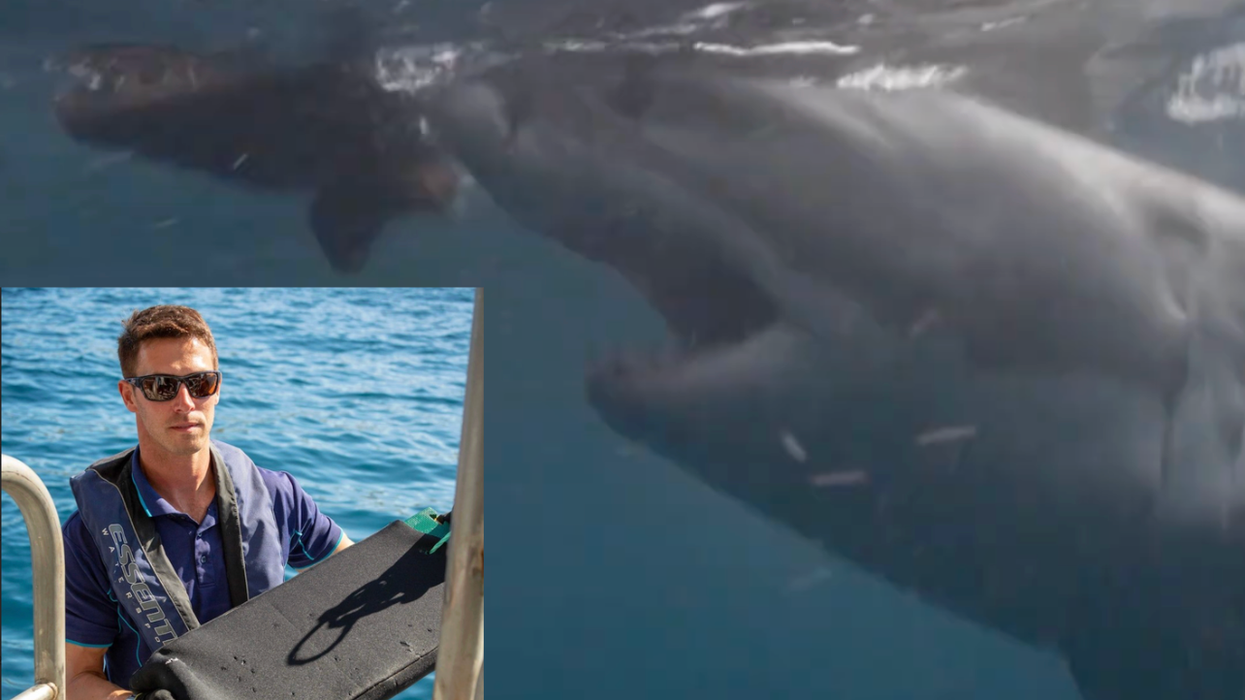It was 1975 and Michigan State University professor and physicist Jack Hetherington finished a scientific paper only to have a colleague realize he had used the “royal we” throughout. Hoping to submit the work to a scientific journal, he knew the paper would get rejected if he kept it like this. Revising would not have been as easy as pressing a few buttons, like it would be today–if he wanted to fix it, he’d instead have to go back and rewrite the entire paper. Instead, however, he made a decision that also created one of the most beloved scientists of the last 50 years. He stated that the co-author of his paper was one F.D.C. Willard, a pseudonym he created for his Siamese cat, Chester.
"Concerned that colleagues would recognise Chester’s name, he concocted a pen name," the Times Higher Education shared, “F.D. for Felis domesticus; C for Chester; and Willard after the cat that sired him.”
The paper, "Two-, Three-, and Four-Atom Exchange Effects in bcc 3He," was ultimately published that November in the regarded physics journal Physical Review Letters. Hetherington was never really concerned about the truth of the paper’s co-author coming to light, and thought that if the paper did well, it might even end up working in his favor, Atlas Obscura shared. The paper actually did become influential, and invitations to discuss the work rolled in.
“Shortly thereafter a visitor to [the university] asked to talk to me, and since I was unavailable asked to talk with Willard. Everyone laughed and soon the cat was out of the bag,” Hetherington said, as reported by Times Higher Education. Many physicists were tickled by the idea, and Hetherington sent the article to friends, proffering as autographs both his own signature and pawprints from Chester. Chester was even offered a professorship at the university. “Can you imagine the universal jubilation,” the department chair wrote, according to Atlas Obscura, “if in fact Willard could be persuaded to join us, even if only as a Visiting Distinguished Professor?”
Chester went on to author a paper on his own as well–indeed, he has his own Google Scholar page. Published in 1980, “Solid helium 3: a nuclear antiferromagnetic element,” appears in the French physics journal La Recherche. It happened, as Times Higher Education shares, because this time Hetherington had human co-authors who couldn’t come to a consensus about expressing some of their thoughts and “with none of them ultimately willing to sign off on the finished product, they pulled Willard out of retirement and named him as the sole author of the paper.”
Chester, as F.D.C. Willard, has become a cult phenomenon in the physics world as one of the field’s beloved feline scholars. In fact, on April Fool’s Day, the American Physical Society, or APS, shares its “open access initiative” that “makes all papers authored by cats freely available.” Chester’s mark on history has been made. Or, as the APS says, “Not since Schrödinger has there been an opportunity like this for cats in physics.”
So, how many of us have heard of the physicist cat? 😼
In 1975, physicist Jack Hetherington added his cat as a co-author under the name F.D.C. Willard to meet publication requirements. Thisdecision led to the publication of their paper, making Chester a celebrated figure. pic.twitter.com/4boGvufzSA
— A Passed Pawn ♟️ (@apassedpawn) July 12, 2024





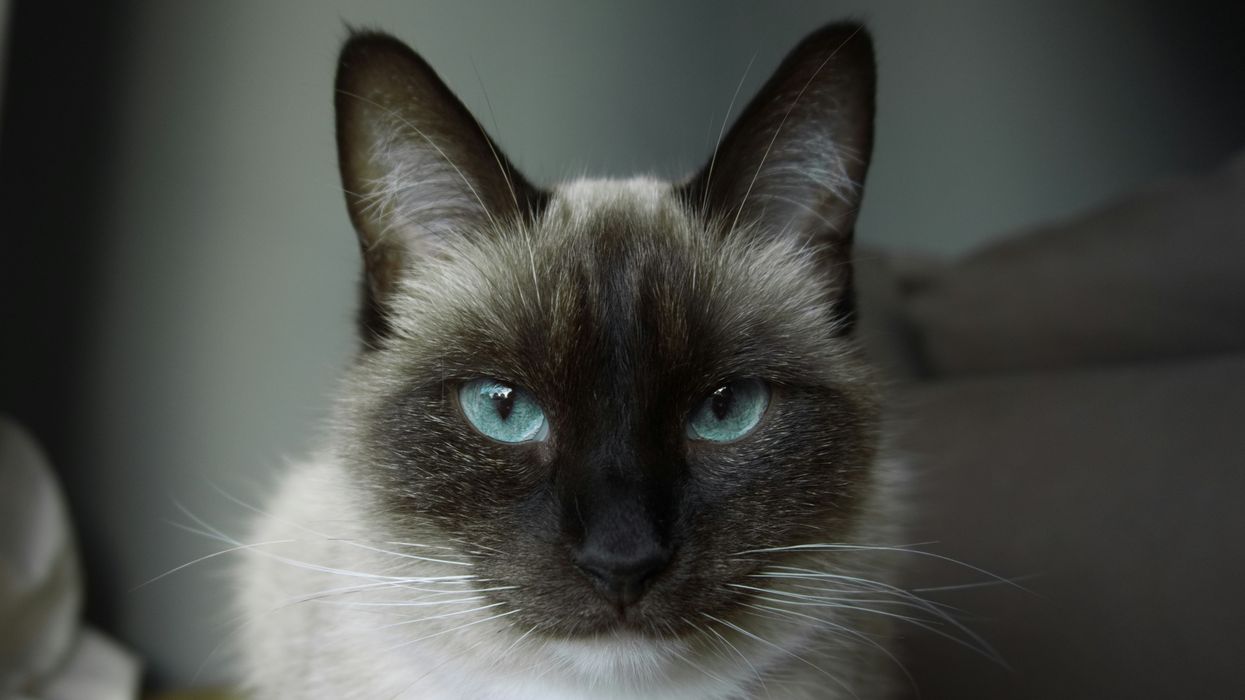













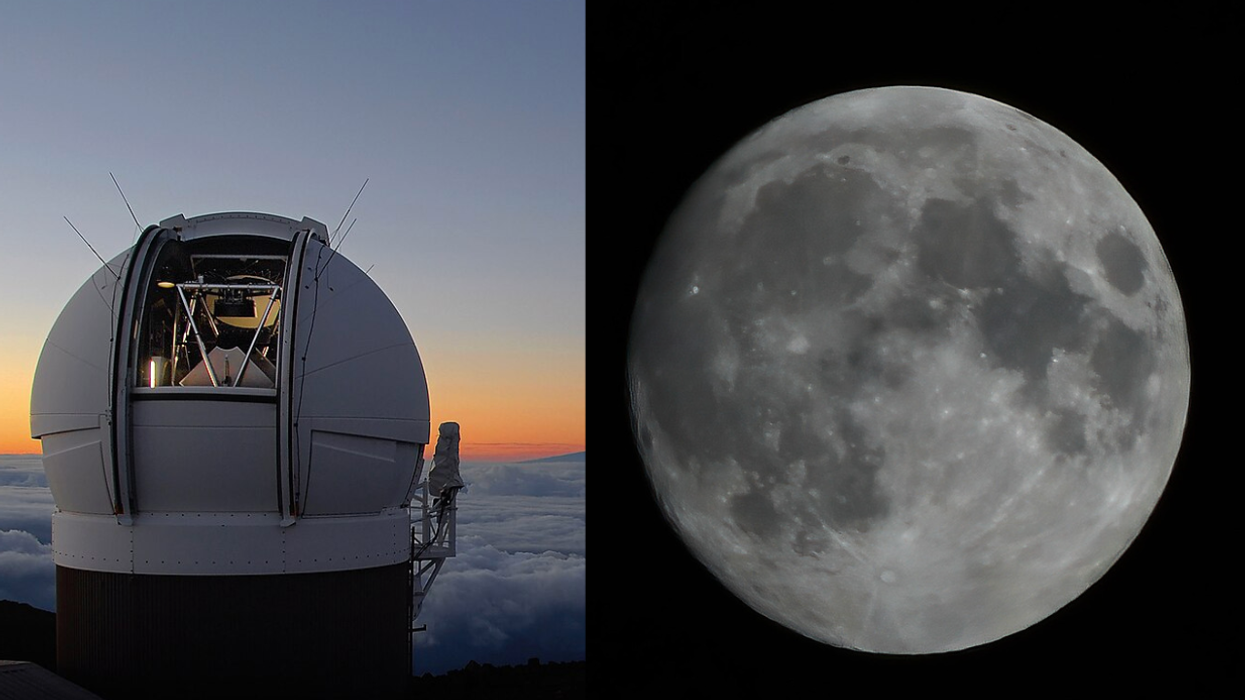

 Relaxing to music.Photo credit
Relaxing to music.Photo credit  Music and a good run.Photo credit
Music and a good run.Photo credit 
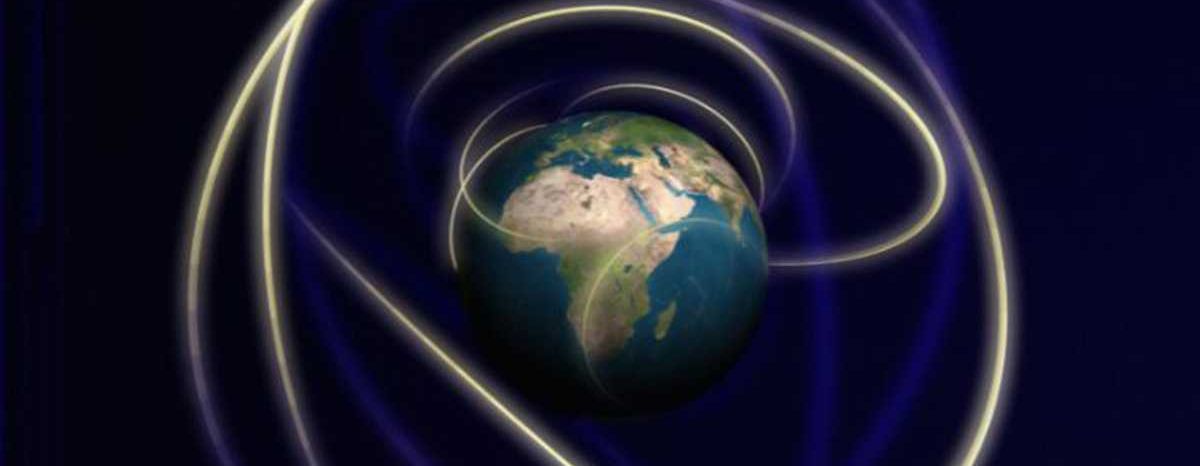 Artist rendering of Earth with satellites traveling around it.Image via
Artist rendering of Earth with satellites traveling around it.Image via 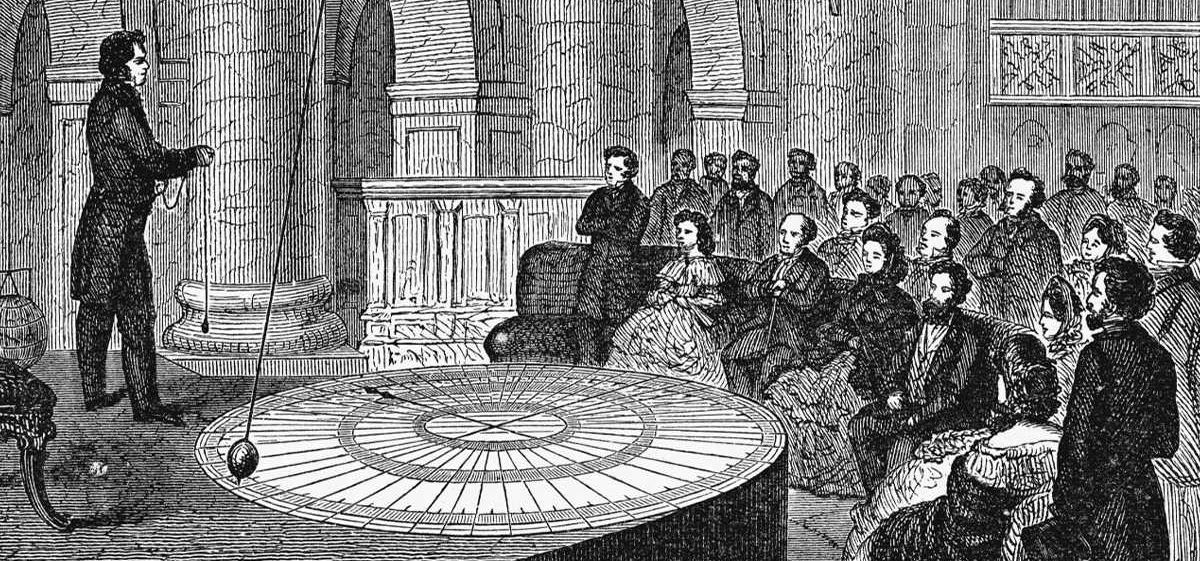 Drawing of Leon Foucault with pendulum showing Earth's rotation.Image via
Drawing of Leon Foucault with pendulum showing Earth's rotation.Image via  The Earth rotates.
The Earth rotates. 

